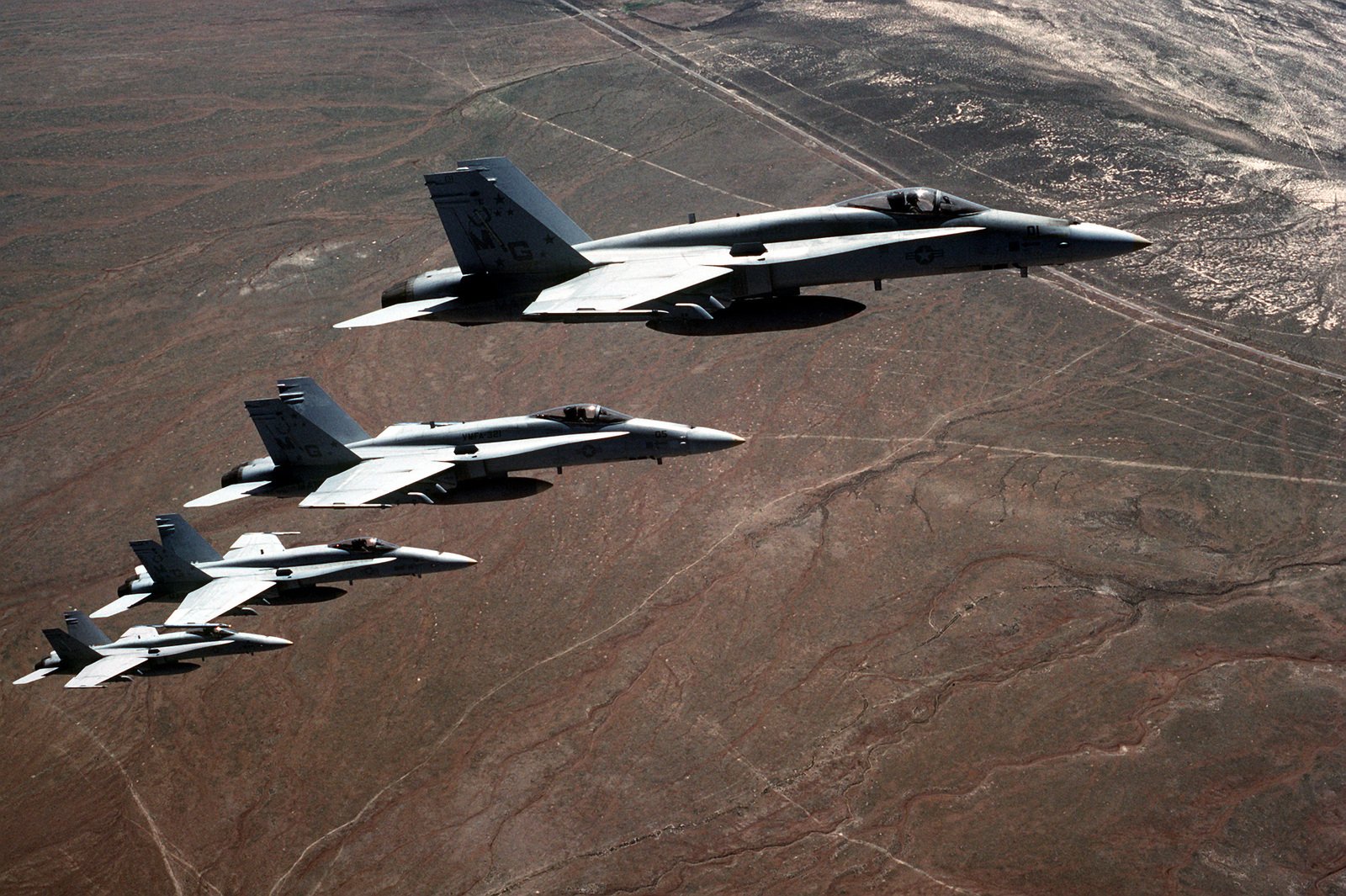
The first flight to use the route occurred when nine B-17D bombers of the 14th Bombardment Squadron (H) left Hawaii on 5 September and passed through Darwin 10–12 September. Īs early as August 1941, Darwin had been a key in the South Pacific air ferry route designed to avoid routes through the Japanese mandate in the central Pacific for bomber reinforcement of the Philippines. Due to its strategic position in northern Australia, the Royal Australian Navy (RAN) and Royal Australian Air Force (RAAF) had constructed bases near the town in the 1930s and the early years of World War II. In 1942, Darwin – whilst it was the capital of the Northern Territory – was a small town with limited civil and military infrastructure. Main articles: Military history of Australia during World War II and Military history of Japan during World War II The event happened just four days after the Fall of Singapore, when a combined Commonwealth force surrendered to the Japanese, leading to the largest surrender in British history. The two Japanese air raids were the first, and largest, of more than 100 air raids against Australia during 1942–43. More than half of Darwin's civilian population left the area permanently, before or immediately after the attack.

The urban areas of Darwin also suffered some damage from the raids and there were a number of civilian casualties. On that day, 242 Japanese aircraft, in two separate raids, attacked the town, ships in Darwin's harbour and the town's two airfields in an attempt to prevent the Allies from using them as bases to contest the invasion of Timor and Java during World War II.ĭarwin was lightly defended relative to the size of the attack, and the Japanese inflicted heavy losses upon Allied forces at little cost to themselves.

The Bombing of Darwin, also known as the Battle of Darwin, on 19 February 1942 was the largest single attack ever mounted by a foreign power on Australia.


 0 kommentar(er)
0 kommentar(er)
